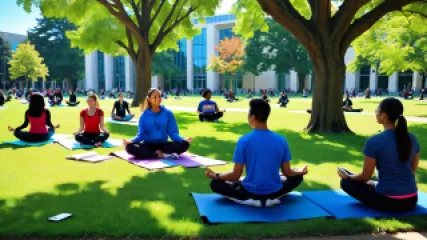Why Improving Resilience in Children is More Crucial Than Ever
1 year ago
Childhood Resilience Building
Effective Anti-Bullying Resources: Research Insights
1 year ago
Bullying Prevention
How Assertiveness Training Improved My Self-Advocacy Skills
1 year ago
Assertiveness Training
The Ultimate Guide to Overcoming Sadness and Improving Mental Well-Being
1 year ago
Overcoming Sadness
10 Best Online Relationship Therapy Services for Better Relationship Health
1 year ago
Relationship Health
How Cognitive Behavioral Therapy Transformed My Learning Style
1 year ago
Learning Styles
Step-by-Step Conflict Management Counseling Tutorial
1 year ago
Conflict Management
10 Best Sensory Processing Therapy Tools for Kids
1 year ago
Sensory Processing
Why Nature Walks Are Essential for Mental Health
1 year ago
Nature And Mental Health
10 Best Strategies for Managing Academic Pressure and Mental Health
1 year ago
Dealing with Academic Pressure
The Effects of Social Isolation on Mental Health: A Research Summary
1 year ago
Social Isolation Effects
Step-by-Step Tutorial on Effective Play Therapy Techniques
1 year ago
Play Therapy
How Cultural Competence Transformed My Mental Health Coaching
1 year ago
Cultural Competence
Understanding Adoptive Family Dynamics: A Research Summary
1 year ago
Adoptive Family Dynamics
What Are the Best Apology Techniques Online?
1 year ago
Art of Apology














